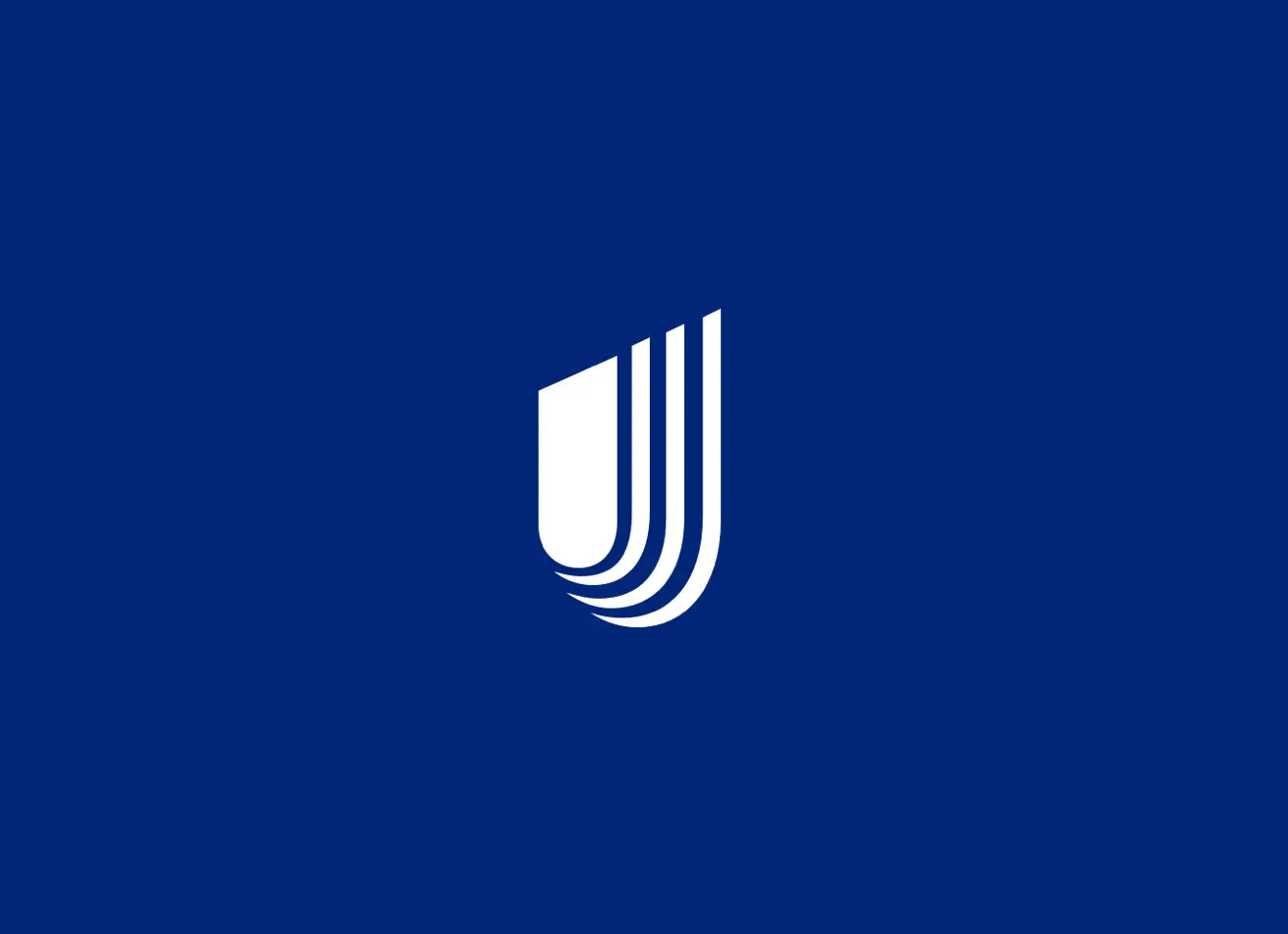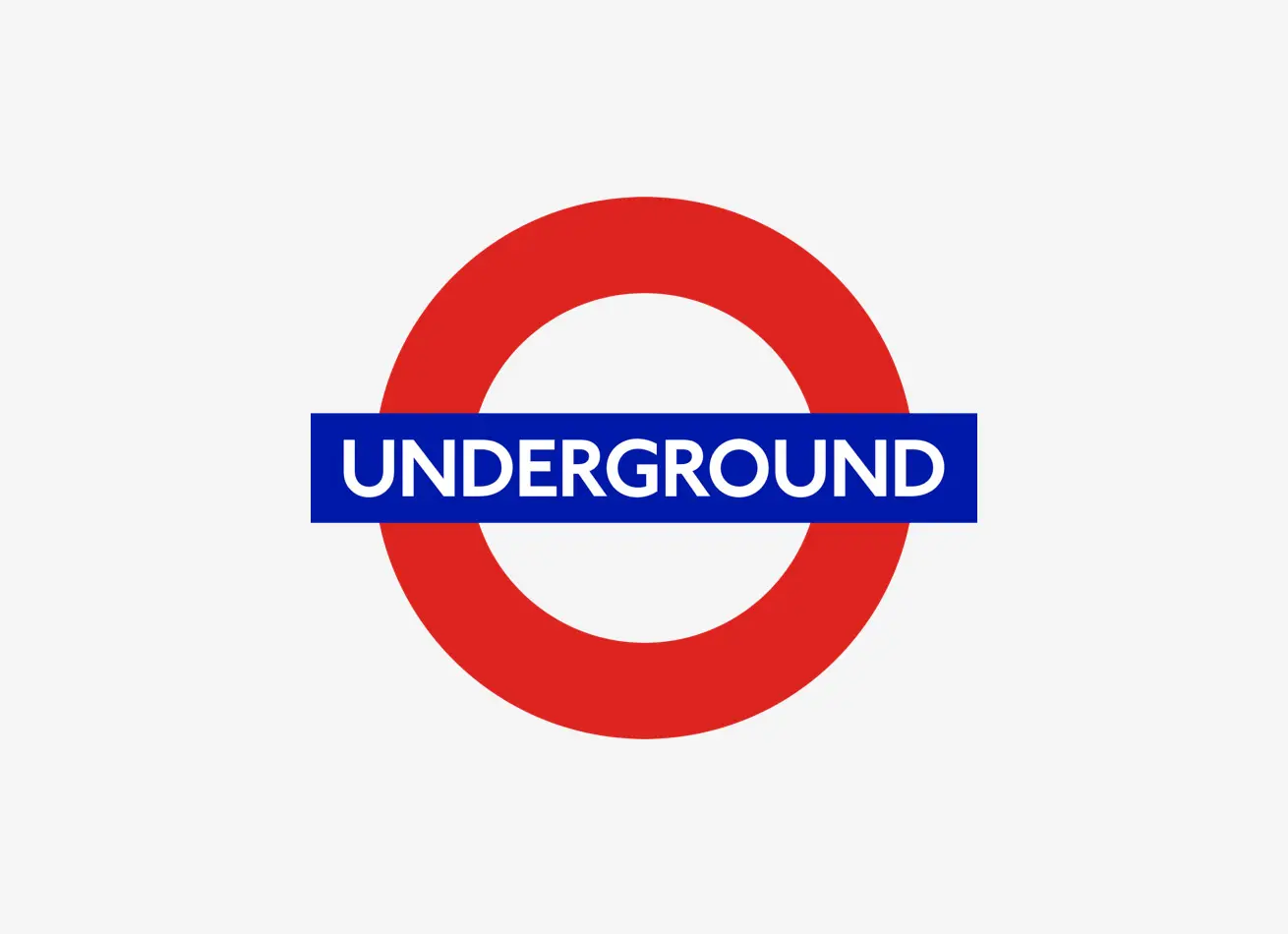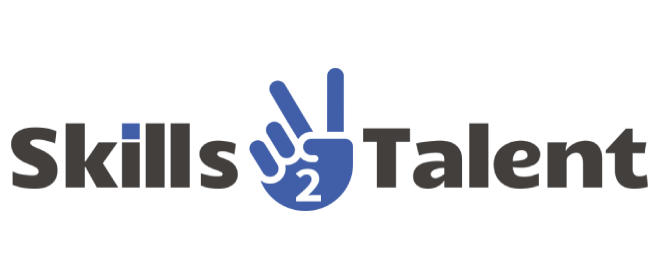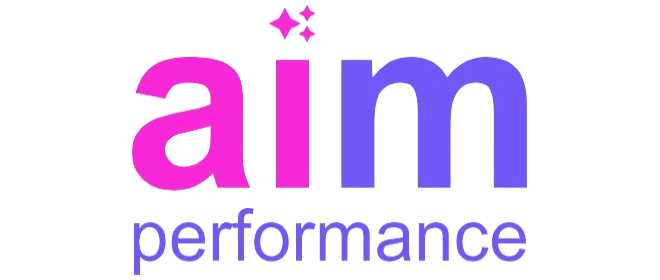In today’s diverse workplace, motivating employees across different roles, whether they are white collar, grey collar, or blue collar, is essential for success. Performance management plays a critical role in this process, providing a structured approach to fostering employee motivation. From setting clear expectations to offering constructive feedback, performance management helps to create an environment where all employees feel valued and motivated to contribute their best. This blog will explore how performance management can boost motivation for white collar, grey collar, and blue collar workforces.
The Link Between Performance Management and Motivation
Performance management and motivation are closely intertwined. A well-structured performance management system helps employees understand their goals, track their progress, and stay motivated to achieve their best.
For white collar workforce, who often focus on knowledge-based tasks, performance management provides clarity on expectations, ensuring they remain engaged and motivated. Grey collar workforce, who balance physical and cognitive tasks, benefit from performance management systems that help them understand how their efforts contribute to the overall success of the organization. For blue collar workforce, performance management can boost motivation by recognizing their hard work and helping them see opportunities for advancement.
Setting Clear Expectations for Every Role
One of the most important ways that performance management helps increase motivation is by setting clear expectations. When employees know exactly what is expected of them, they are more likely to stay motivated and focused on their goals.
For white collar employees, clear expectations often revolve around productivity, innovation, and leadership. Performance management systems help outline these expectations, giving employees a roadmap for success. Grey collar workforce, who juggle both mental and physical tasks, need clear guidelines that cover both aspects of their jobs. Performance management ensures these expectations are communicated effectively, helping employees stay motivated in their diverse roles. Blue collar workforce, whose contributions are often hands-on, benefit from clearly defined performance metrics that keep them motivated to maintain high standards and strive for continuous improvement.
Providing Regular Feedback for Continuous Improvement
Feedback is a powerful motivator. Performance management systems ensure that employees receive regular, constructive feedback that helps them understand how they are performing and where they can improve.
White collar employees, who often work in complex roles, benefit from feedback that highlights their strengths and areas for growth. Performance management systems provide this feedback in a structured way, keeping motivation high. Grey collar workforce, who need to excel in both physical and cognitive tasks, benefit from feedback that addresses both aspects of their roles. Regular feedback keeps them motivated to improve their performance in both areas. Blue collar employees, whose work is often physical and immediate, rely on timely feedback to stay motivated and ensure they are meeting performance standards.
Recognizing and Rewarding Effort Across the Workforce
Recognition and rewards are key elements of performance management that contribute to employee motivation. When employees feel that their efforts are recognized and appreciated, they are more likely to stay motivated and engaged.
For white collar workforce, recognition might come in the form of promotions, bonuses, or public acknowledgment of their contributions. Performance management systems help track these achievements and ensure that employees are rewarded for their hard work. Grey collar workforce, who contribute in both physical and cognitive ways, benefit from recognition that acknowledges the full scope of their efforts. Performance management ensures that these contributions are seen and rewarded, boosting motivation. Blue collar employees, whose work is often physically demanding, rely on recognition and rewards to stay motivated and continue delivering high-quality work.
Aligning Personal and Organizational Goals for Greater Engagement
Performance management helps align individual employee goals with the overall goals of the organization. When employees see how their personal objectives contribute to the success of the company, they are more motivated to perform well.
White collar employees, who often work on strategic initiatives, benefit from understanding how their efforts align with the company’s broader goals. Performance management systems help make this connection clear, motivating employee to contribute to the organization’s success. Grey collar workforce, who balance various responsibilities, need to see how their diverse contributions align with company objectives. Performance management helps create this alignment, ensuring that employees stay motivated in their roles. Blue collar workforce, whose work is often operational, benefit from understanding how their daily tasks contribute to the organization’s overall performance, keeping them motivated to deliver their best.
Fostering Career Development Opportunities
Performance management is also essential in fostering career development, which is a significant motivator for employees. When employees see opportunities for growth and advancement, they are more likely to stay motivated and committed to their roles.
For white collar employees, career development often involves moving into leadership positions or taking on more complex projects. Performance management systems help identify these opportunities and guide employees toward them, keeping motivation high. Grey collar workforce, who may have opportunities to advance in both technical and leadership roles, benefit from performance management systems that highlight their growth potential. Blue collar employees, who might be looking for opportunities to specialize or move into supervisory roles, stay motivated when they see a clear path for career development through performance management.
Supporting Continuous Learning and Development
Continuous learning is a key component of employee motivation. Performance management systems that emphasize ongoing development help employees stay engaged and motivated to improve their skills.
White collar employees, who often need to stay ahead of industry trends, benefit from performance management systems that encourage continuous learning. Whether through training programs, certifications, or new challenges, continuous learning keeps these employees motivated. Grey collar workforce, who need to develop both cognitive and physical skills, benefit from continuous learning opportunities that allow them to grow in both areas. Performance management ensures that these opportunities are available and aligned with employees’ development goals. Blue collar employees, who need to stay updated on the latest tools and techniques, remain motivated when they see opportunities for continuous learning that enhance their skills and career prospects.
Creating a Positive Work Environment for Motivation
A positive work environment is crucial for employee motivation. Performance management systems contribute to creating this environment by promoting fairness, transparency, and open communication.
For white collar employees, a positive work environment includes opportunities for collaboration, innovation, and recognition. Performance management systems help create this environment by setting clear expectations and providing regular feedback. Grey collar workforce, who often work in roles that require both physical and cognitive efforts, benefit from a work environment that supports their diverse needs. Performance management ensures that these needs are addressed, contributing to a motivating work atmosphere. Blue collar employees, who rely on clear communication and fair treatment, find motivation in a positive work environment where their contributions are valued and recognized.
Enhancing Employee Engagement to Drive Motivation
Employee engagement and motivation go hand in hand. Performance management systems that focus on engaging employees help increase motivation by making employees feel connected to their work and the organization.
White collar employees, who often work on complex projects, stay engaged and motivated when they feel that their contributions are making a difference. Performance management systems help foster this sense of engagement by aligning individual goals with company objectives. Grey collar workforce, who may work in dynamic environments, need to feel engaged in both their physical and cognitive tasks. Performance management systems that emphasize engagement help these employees stay motivated in their diverse roles. Blue collar employees, who are often engaged in hands-on work, remain motivated when they feel connected to the organization’s success and are recognized for their contributions.
Conclusion: How Performance Management Boosts Motivation
In conclusion, performance management is a vital tool for increasing motivation across white collar, grey collar, and blue collar workforces. By setting clear expectations, providing regular feedback, recognizing and rewarding effort, and fostering career development, performance management systems create a motivating environment where employees feel valued and engaged. When employees are motivated, they are more likely to contribute their best efforts, leading to greater success for both the organization and its workforce.










